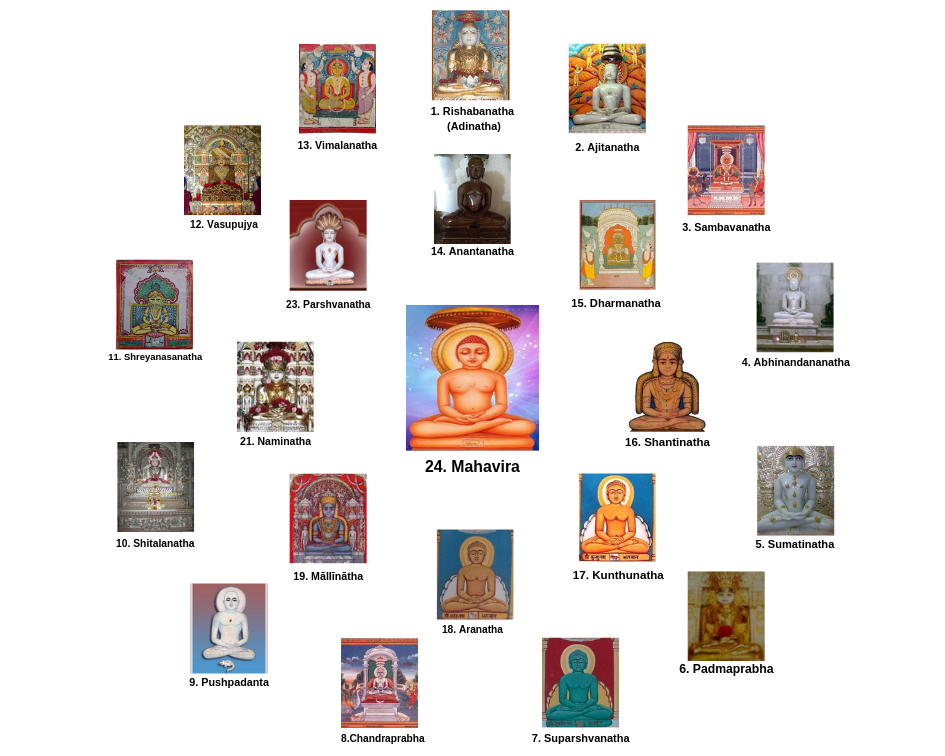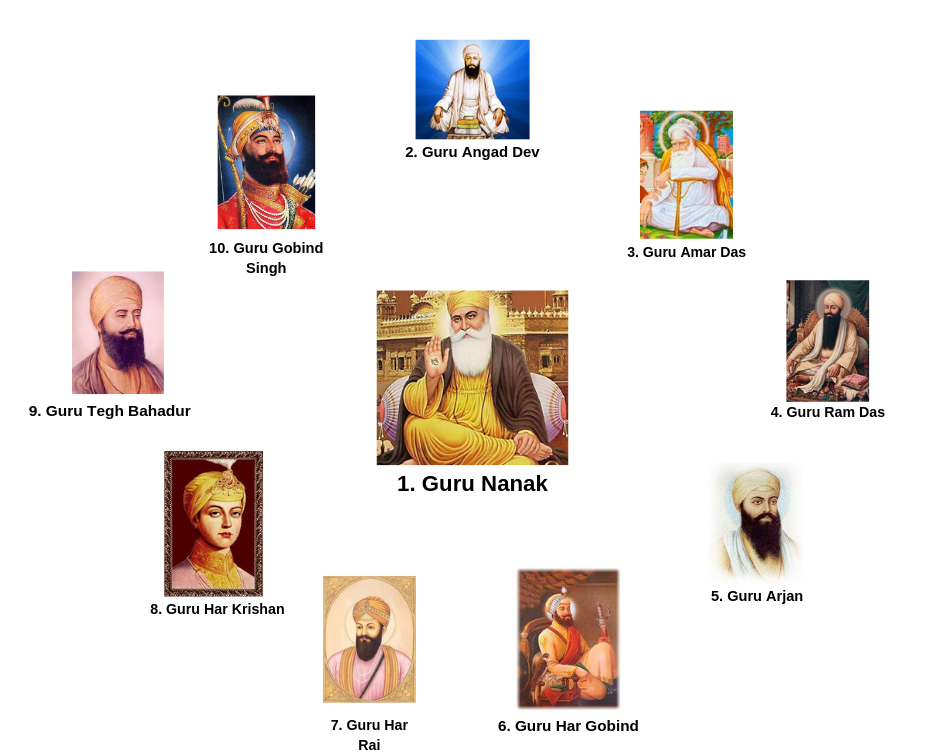Divine Lineage (The Cosmic Lineage That Spread the Cosmic Principles)
The Cosmic Lineage That Spread the Cosmic Principles
Kailaasa Established by Paramashiva
The Sūrya Vaṃśa, or the lineage of the Sun, has existed from time immemorial having been created from the right eye of Lord Paramaśiva Himself and with a recorded history starting with the reign of Ikṣvāku. He was the son of Vaivasvata Manu (the progenitor of Humanity) who in turn was the son of Sūrya (the Sun God) Himself. This lineage throughout history has upheld the royal principles of integrity, authenticity, responsibility and enriching, upholding Dharma (Cosmic Principles) above all.

Lord Surya

Vaivasvata Manu
Ikṣvāku was the first king who executed the Manusmṛti, the rules of Dharma by Vaivasvata Manu, who was the first person to codify the Cosmic laws of the Universe into the governing laws of a Country. These laws continued to form the basis of all laws and also much later the basis for the administration of the Kingdom of Madurai by the Enlightened Queen Mīnakṣi who ruled over all the 56 nations that constituted the planet at that time.
King Ikṣvāku and a Brahmin perform austerities to reach Swarga (Heaven)
Bhagavān Śrī Kṛṣna (a divine incarnation of Lord Vishnu) revealed millennia later in the Bhagavad Gitā (the scripture of sacred truths revealed by Bhagavān Śrī Kṛṣna) that he as the Supreme Divinity had taught the imperishable science of Yoga first to Sūrya (the Sun God) who then conveyed it to His son Manu and who in turn to his son Ikśvāku and from then on to the Rājriśis (kings who turn into sages) as Rāja Vidyā Rāja Guhyam (The Royal Knowledge and the Royal Secret).
King Harishchandra – the 31st Ruler in the Lineage
The 18 major Purāṇas are known as Hindu History. Among these, the Markandeya Purana reveals the exemplary integrity of King Harischandra, the 31st ruler in the lineage. He went to extremes in keeping his integrity to Dharma where he sacrificed all his possessions, his name, fame, power, and kingdom at the feet of his Guru Vishwamitra and attained liberation at the Manikarnika Ghats in Varanasi, North India, which were created by Lord Paramaśiva for liberating those who left their body in that sacred place.
Portrait of King Harishchandra
(Source: https://roar.media/hindi/main/mythology/raja-harishchandra-satyavadi-king-of-ikshvaku-dynasty/)
King Bagiratha – the 43rd Ruler in the Lineage
The 39th Chapter of the Śiva Purāṇa (narration of the divine play of incidents by Lord Paramaśiva) describes the 43rd King in the lineage – King Bhagiratha. He brought the celestial river Ganga to planet earth by the power of his penance and sacrifice to wash the sins of his ancestors, the sons of King Sagara (king of the ocean), who were burnt by Lord Śrī Kapila Muni. Sri Kapila Muni was the founder of the Sānkhya tradition which is the basis of all Vedantic (philosophy based on the sacred source scriptures of Sanatana Hindu Dharma called the Vedas) thought trends and the first head of the Mahanirvani Akhada, the foremost Apex body of Sanātana Hindu Dharma.

Bhagiratha

Sage Kapila Mahamuni
Lord Rama – the 62nd Ruler in the Lineage
Lord Śrī Rāma, the Divine Incarnation of Bhagavan Śrī Viṣṇu who was the absolute Puruṣa (a being with Highest Consciousness), blessed Planet Earth by being born as the 62nd King in this great lineage.
Lord Sri Ram
Gautama Buddha – the 140th Ruler in the Suryavamsa Lineage
The Buddhist text Mahavamsa (II, 1-24) traces the origin of the Sankyas to King Ikṣvāku known as Okakka in Pali. It further reveals that Gautama Buddha, the royal Prince of the Sānkhyas and Ascetic of the Mahanirvani Peetha of Kapila Mahamuni was the 140th King of this same lineage.
Gautama Buddha, an ascetic of the Mahanirvani Akhada, a art of the lineage of Ikshavaku and founder of Buddhism.
The Sūrya Vaṃśa lineage Till Bhagavan Śrī Rāma
|
|
|
Kings After RāMa and After the Great War of MahāBhāRata
Kings After Rāma
|
|
|
Twenty-Two Tirthankaras (Enlightened Jain Masters) of the Jaina Tradition Were Born into the Suryavamsa Dynasty as Given Below:
The 22 Jain Tirthankaras
1 . ishabhanatha (son of King Nabhi), the founder of Jainism. Bharata Chakravarti (first Chakravartin) and Bahubali (first Kamadeva), sons of Rishabha.
2. Arkakirti and Marichi, sons of Bharata at the time of Ajitanatha (the 2nd Tirthankara).
3. Jitashatru (father of Ajitanatha) and his younger brother Sumitra (father of Sagara)
4. Ajitanatha (the 2nd Tirthankara) and Sagara (2nd Chakravartin)
5. Janhu (eldest son of Sagara), the one who flooded village of Nāgās with waters of Ganga leading to turning of sixty thousand sons of Sagara into ashes by Jawalanprabha (emperor of Nāgās).
6. Bhagiratha (eldest grandson of Sagara) at the time of Sambhavanatha.
7. Jitari (father of Sambhavanatha).
8. Sambhavanatha, the 3rd Tirthankara at the time of Abhinandananatha.
9. Sanvara (father of Abhinandananatha)
10. Abhinandananatha, the 4th Tirthankara at the time of Sumatinatha
11. Megha (father of Sumatinatha)
12. Sumatinatha, the 5th Tirthankara at the time of Padmaprabha.
13. Sidhara (father of Padmaprabha).
14. Padmaprabha, the 6th Tirthankara at the time of Suparshvanatha
15. Pratishtha (father of Suparshvanatha).
16. Suparshvanatha, the 7th Tirthankara at the time of Chandraprabha.
17. Mahasena (father of Chandraprabha).
18. Chandraprabha, the 8th Tirthankara at the time of Pushpadanta.
19. Sugriva (father of Pushpadanta).
20. Pushpadanta, the 9th Tirthankara at the time of Shitalanatha.
21. Dridharatha (father of Shitalnatha).
22. Shitalanatha, the 10th Tirthankara at the time of Shreyanasanatha.
23. Viṣṇu (father of Shreyanasanatha).
24. Shreyanasanatha, the 11th Tirthankara at the time of Vasupujya.
25. Vasupujya (father of Tirthankara Vasupujya).
26. Vasupujya, the 12th Tirthankara at the time of Vimalanatha.
27. Kritavarma (father of Vimalanatha).
28. Vimalanatha, the 13th Tirthankara at the time of Anantanatha.
29. Simhasena (father of Anantanatha).
30. Anantanatha, the 14th Tirthankara at the time of Dharmanatha.
31. Bhanu (father of Dharmanatha).
32. Dharmanatha, the 15th Tirthankara at the time of Shantinatha.
33. Visvasena (father of Shantinatha).
34. Shantinatha, the 16th Tirthankara and 5th Chakravarti
35. Chakrayudha, son of Shantinatha.
36. Kuruchandra, son of Chakrayudha at the time of Kunthunatha.
37. Sura (father of Kunthunatha).
38. Kunthunatha, the 17th Tirthankara and 6th Chakravarti at the time of Aranatha.
39. Sudarsana (father of Aranatha).
40. Arahnatha, the 18th Tirthankara and 7th Chakravarti at the time of Mallinatha.
41. Kumbha (father of Mallinatha).
42. Māllīnātha, the 19th Tirthankara at the time of Munisuvrata (Munisuvrata himself was not from Ikṣvāku, but Harivamsa).
43. Dasharatha (father of Rāma).
44. Rāma, Lakshmana, Bharata, Shatrughna.
45. Luv and Kusha (twin sons of Rāma) at the time of Naminatha.
46. Vijaya (father of Naminatha).
47. Naminatha, the 21st Tirthankara at the time of Parshvanatha.
48. Asvasena (father of Parshvanatha).
49. Parshvanatha, the 23rd Tirthankara at the time of Mahavira.
50. Siddhartha (father of Mahavira).
51. Mahavira, the 24th Tirthankara.
Sodhi Rai and the Gurus of the Sikh Tradition
Sodhi Rai, the son of Kusha, who was the son of Lord Shri Ram moved to Sanadh region in Gujarat where he married the king’s daughter and moved to Madra Desh (now called Punjab) and came to form the lineage called Sodhi’s in to which lineage was born Śrī Guru Gobind Singh (a prominent Guru of the Sikh religion who founded the warrior sect of Sikhism called Khalsa) in the 17th Century and many other Gurus of the Sikh Tradition of Punjab.
Guru Nanak and his 9 disciples






